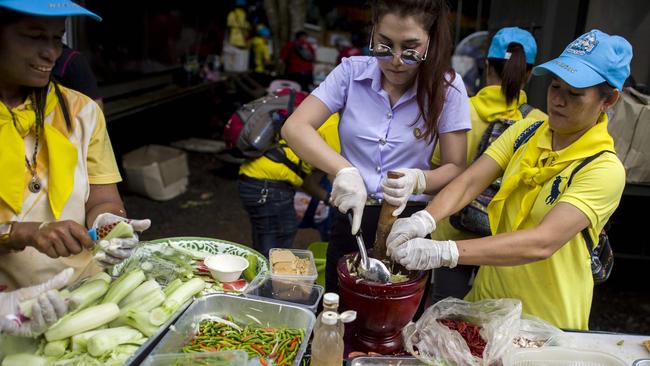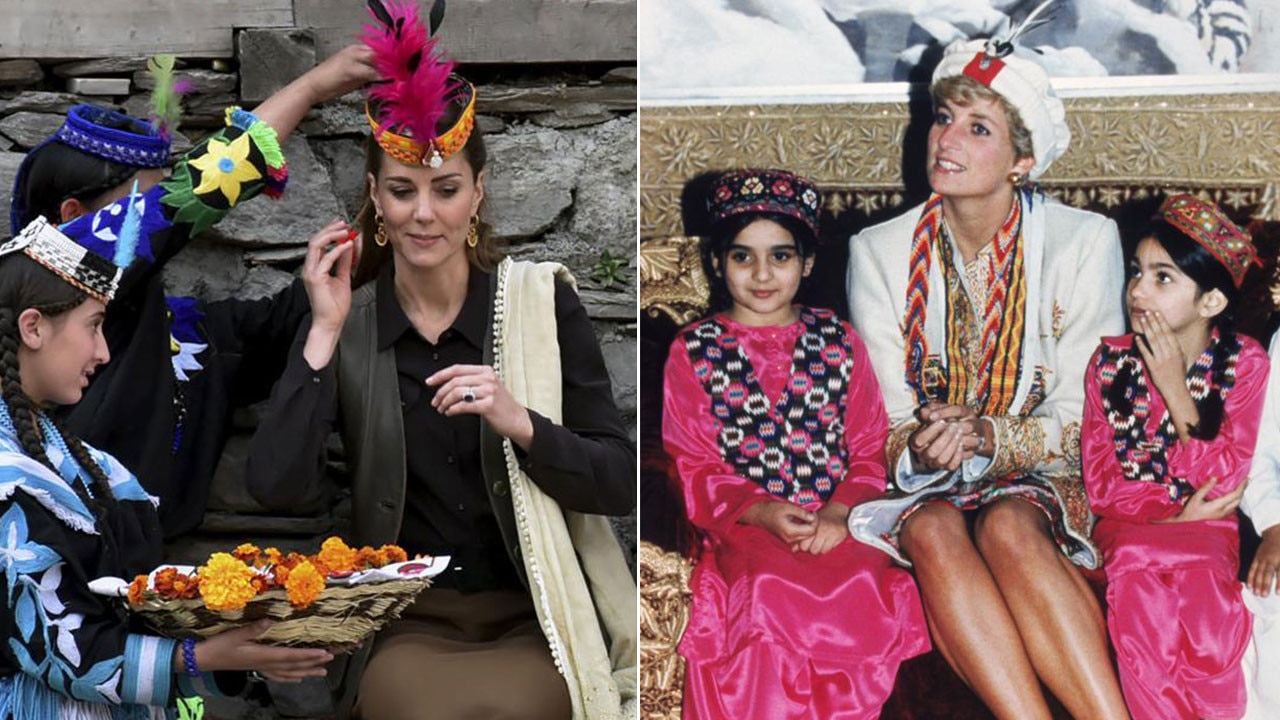Thai cave rescue: it takes a village of 10,000 helpers
They ranged from a billionaire entrepreneur to barefoot men who collect birds’ nests from cliff tops.

They ranged from a billionaire entrepreneur to barefoot men who collect birds’ nests, and included traffic cops, helicopter pilots, paramedics, cooks and shamans. They came from places as varied as Laos, Israel and Japan. And last night, with the rescue of the last of the 12 young footballers and their coach, their mission ended in triumph.
Since the football team disappeared into the Tham Luang caves on June 23, attention often focused on the public servants and politicians leading the rescue and the divers who carried it out. But behind them were volunteers motivated to save the lives of children they would probably never meet.
The caves are beneath a beauty spot in a national park that, as mission headquarters, came to resemble the rear staging area of an intense battle. Here were based Narongsak Osatanakorn, chief of the rescue operation, Major-General Chalongchai Chaiyakam of Thailand’s Third Army and General Buncha Duriyaphan, operational commander.
The divers and rescue workers were based in front of the cave. Most numerous among them were the Thai navy SEALs. They were joined by volunteer divers from Australia, Belgium, Britain, Finland, Sweden and the US.
There were also military units and professional search-and-rescue teams sent by foreign governments, including US Marines, members of the Beijing Peaceland Foundation and teams from Myanmar, Japan, Laos, and The Philippines. These men and women carried out the most dangerous part of the rescue.
About 90 people were involved in preparations, including the crucial job of positioning oxygen tanks along the route through the caves. Between 13 and 18 people made their way to the cavern where the team was stranded and escorted them out, two to a boy.
Their job would not have been possible without the water specialists who pumped out the caves. Their goal of lowering water levels to a point where the boys could walk out proved impossible. However, using 24 huge pumps, they drained the outer section of the cave, allowing an advanced team to establish itself in “chamber three”, a kilometre inside. Honourable mention must also go to the farmers who submitted, uncomplainingly, to seeing their crops flooded and ruined by water pumped from the cave.
Also unsuccessful but doggedly pursued was the effort to access the caves from the mountain above. Among the 20 teams scouring its surface were eight men from Ko Libong island who make a living by gathering the main ingredient of bird’s nest soup from cliffs.
Harder to evaluate but important to many Thais was the contribution made by spiritual leaders, including Buddhist monks and traditional shamans, who prayed at the cave mouth and in their monasteries for the children.
The families of the missing boys kept vigil in the national park visitors’ centre. The campsite in front of it became a media centre, where more than 1000 journalists came and went. As the operation began on Sunday, they were moved to a government office 500m away.
American entrepreneur Elon Musk proposed a plastic escape tube, offered drilling equipment and delivered a miniature submarine, though none was used.
More practical was the free food provided by volunteers to media and rescuers. At the media centre, the Thai Red Cross provided rice, the Thai Restaurant Association made chicken and pork noodles and the American School of Bangkok supplied burgers.
“The stars of this operation were 10,000 people, working on our behalf for 17 days,” Mr Narongsak said.
The Times


